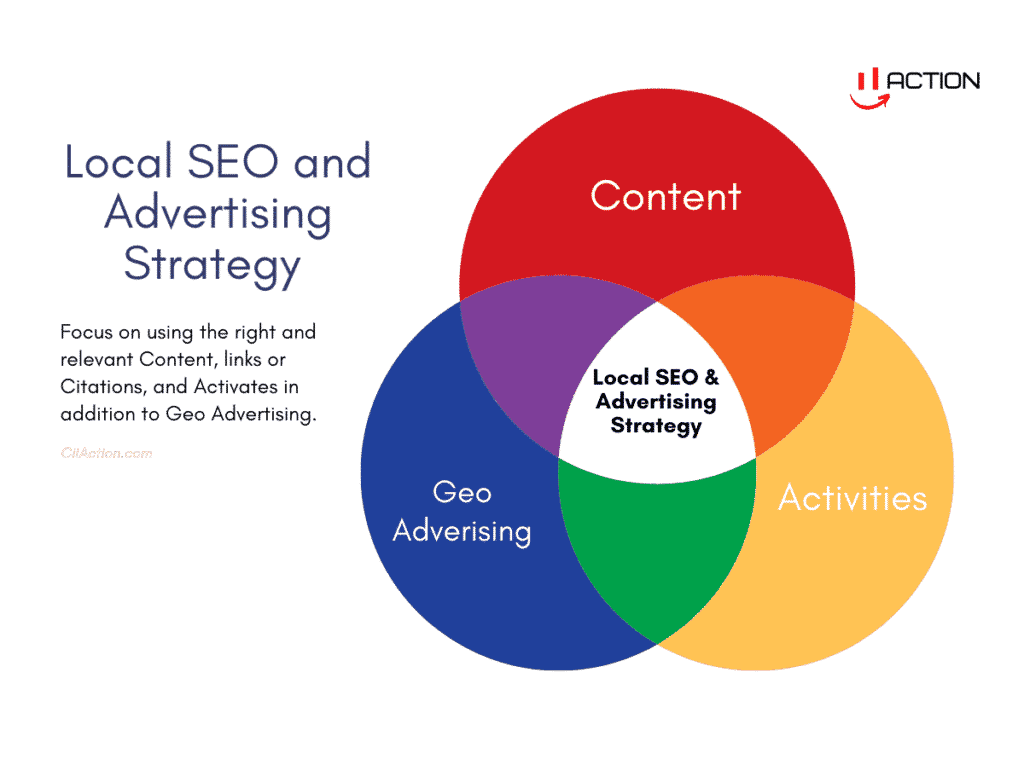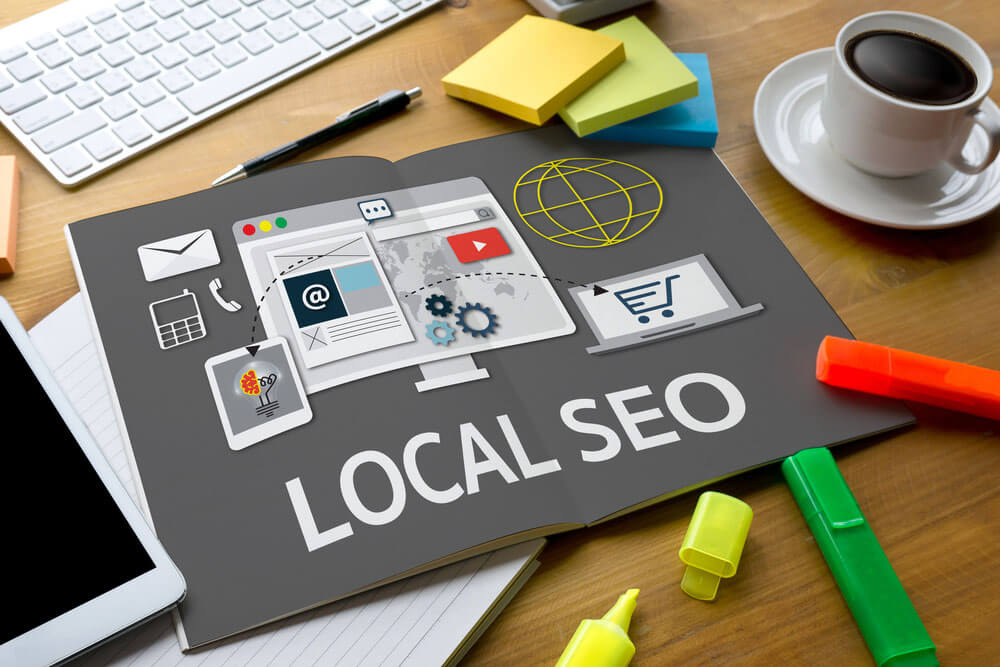Lead local markets with the help of a committed local SEO agency
Just How Effective Internet Layout Can Improve Your SEO Strategy and Improve User Experience
The intersection of reliable web style and search engine optimization is a crucial location for any kind of service looking for to boost its online existence. An user-friendly layout not only raises customer experience yet additionally considerably influences Search engine optimization performance by reducing bounce rates and improving engagement metrics.
Significance of Internet Layout for SEO
Reliable website design is often underestimated in its effect on seo (SEARCH ENGINE OPTIMIZATION) A well-structured website not only boosts user experience yet additionally plays an important function in how search engines rank pages. Online search engine like Google prefer internet sites that display clear navigation, quickly loading times, and mobile responsiveness. These elements add to lower bounce prices and higher customer engagement, which are crucial metrics for search engine optimization success.
Moreover, web layout components such as clean code, optimized photos, and proper use of HTML tags substantially affect a website's crawlability. Internet search engine depend on structured information to comprehend site web content and context, making it crucial for internet developers to implement ideal techniques. Additionally, the combination of SEO techniques within the design phase, such as consisting of keyword phrases in titles, meta summaries, and alt message for images, can improve visibility in search results.
Eventually, prioritizing reliable website design not only makes certain a smooth customer experience yet also establishes a solid structure for search engine optimization initiatives, bring about raised organic web traffic and boosted rankings. Therefore, companies need to acknowledge the innate link in between web design and search engine optimization to attain on the internet success.
Secret Design Elements for Customer Experience
User experience (UX) offers as a cornerstone for successful internet style, affecting how site visitors communicate with a website and regard its worth. To enhance UX, several vital design elements should be focused on.
To start with, instinctive navigation is essential; a well-structured menu and clear pathways permit customers to find information quickly, minimizing aggravation. Second of all, visual power structure plays a vital function, assisting individuals' focus to crucial aspects through placement, dimension, and shade. This promotes quicker decision-making and boosts general involvement.
Additionally, a regular design motif enhances knowledge and trust, as individuals feel more comfortable navigating a website that aesthetically straightens throughout its pages. Effective usage of white room likewise can not be ignored; it prevents clutter, allowing vital web content to attract attention and making the site a lot more digestible.
Moreover, top quality photos and graphics are important, as they not just record interest yet additionally share professionalism and trust. Fast load times are non-negotiable; delays can lead to greater bounce prices and lessened individual complete satisfaction. By concentrating on these vital layout components, businesses can considerably improve their customer experience, promoting positive communications that motivate return visits and conversions.
Mobile Responsiveness and SEO Influence
As web style increasingly focuses on individual experience, the significance of mobile responsiveness can not be overemphasized. With a significant part of web website traffic originating from smart phones, a receptive design makes sure that websites are available and useful across different screen dimensions. This flexibility not only boosts user satisfaction but also plays a critical function in search engine optimization (SEO)

Incorporating mobile responsiveness into web style likewise promotes enhanced loading times, which is an essential variable in both individual experience and search engine optimization rankings. Slow-loading web pages prevent individuals, bring about higher desertion prices and negatively impacting search presence. Inevitably, prioritizing mobile responsiveness not only enhances user engagement however also reinforces a site's search engine optimization approach, creating a much more site link competitive on-line visibility.
Site Framework and Navigation Ideal Practices
An efficient site structure and instinctive navigating are necessary components of effective website design. They not just improve individual experience yet also play an essential function in seo (SEO) A clear power structure allows users and search engines to understand the relationships in between various web pages, enhancing the total functionality of the site.
To accomplish ideal website structure, apply a sensible power structure that categorizes material right into main subjects and subtopics. Usage detailed and keyword-rich Links, as they offer context see this website and improve search visibility. Furthermore, make sure that important pages are conveniently accessible within 3 clicks from the homepage. This decreases bounce prices and maintains individuals engaged.

Gauging the Success of Website Design
Determining the success of website design involves examining numerous metrics that mirror customer interaction and general website efficiency. Trick efficiency indicators (KPIs) such as bounce rate, average session period, and pages per session supply understanding right into how customers connect with the site. A high bounce price may suggest that customers are not locating the web content appropriate or interesting, prompting a click requirement for design or material modifications.
In addition, conversion rates are crucial for evaluating the performance of website design. A boost in conversions, whether through type entries, item acquisitions, or newsletter sign-ups, often correlates with user-friendly layout and user-centered performances. Tools like Google Analytics can offer in-depth reports on these metrics, making it possible for developers to recognize fads and locations for enhancement.
User comments is an additional vital element. Utilizing studies and functionality screening can reveal qualitative understandings into customer experiences, guiding style adjustments that cultivate contentment. Ultimately, a combination of measurable data and qualitative comments develops a thorough photo of website design success, guaranteeing that it aligns with both search engine optimization objectives and customer assumptions. By regularly determining these factors, organizations can improve their website design strategies to maximize individual experience and drive purposeful engagement.
Final Thought

As internet style progressively focuses on individual experience, the value of mobile responsiveness can not be overemphasized.Including mobile responsiveness into web layout additionally fosters improved loading times, which is a key variable in both individual experience and SEO rankings. Ultimately, a mix of quantitative information and qualitative feedback develops a detailed image of internet style success, ensuring that it lines up with both SEO objectives and customer assumptions. By constantly measuring these factors, services can refine their internet style approaches to maximize individual experience and drive significant engagement.
In final thought, efficient internet design substantially improves SEO strategies and customer experience.